Lyon Unveiled: A Journey Through Time
Join our free walking tour to explore Lyon's rich history, stunning architecture, and vibrant culture. Experience the city's hidden gems and iconic landmarks.
Time
3 Hours
Stops
9 Places
Distance
2.8 km
Basilica of Notre-Dame de Fourvière
This iconic basilica, perched on Fourvière Hill, offers stunning views of Lyon and is a masterpiece of 19th-century architecture.
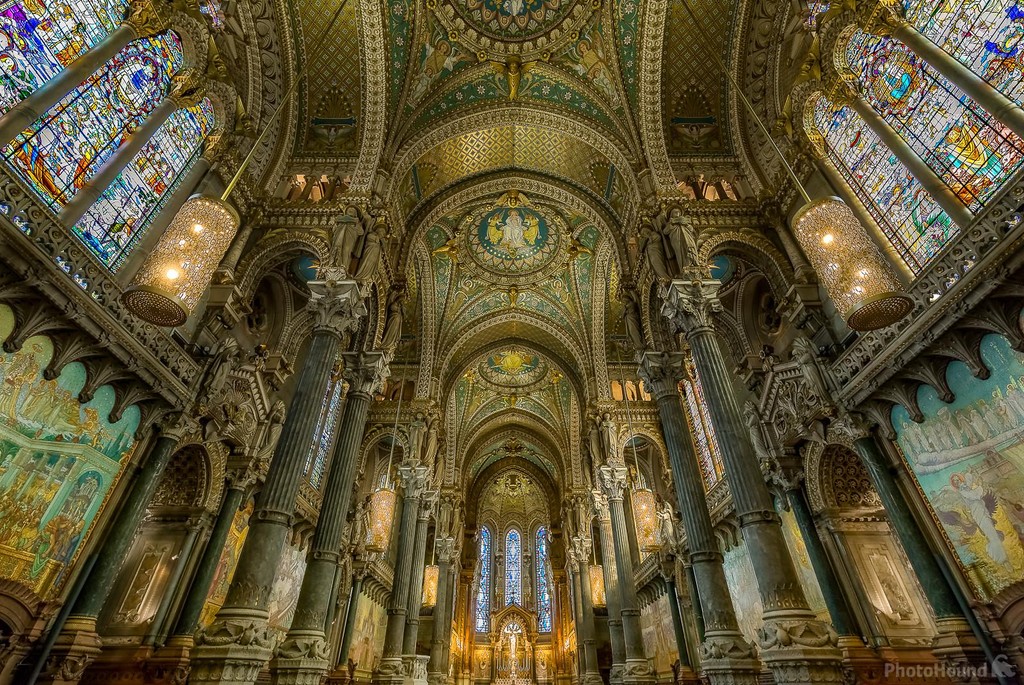
Basilica of Notre-Dame de Fourvière (Source: Google Maps)
The Basilica of Notre-Dame de Fourvière is a neo-Byzantine masterpiece that dominates the skyline of Lyon. Completed in 1884, it was designed by architect Pierre Bossan. The basilica is dedicated to the Virgin Mary, who is the patron saint of the city. Its interior is adorned with intricate mosaics and beautiful stained glass, reflecting the artistry of the time. The basilica's dome offers breathtaking panoramic views of Lyon and the surrounding landscape, making it a significant pilgrimage site and a cultural landmark. Its architecture combines elements of Byzantine and Romanesque styles, showcasing the artistic trends of the 19th century. The basilica is also a symbol of Lyon's resilience, having survived the tumultuous events of the 20th century.
Ancient Theatre of Fourvière
Just a short walk from the basilica, this Roman theatre dates back to 15 BC and is a testament to Lyon's rich historical tapestry.
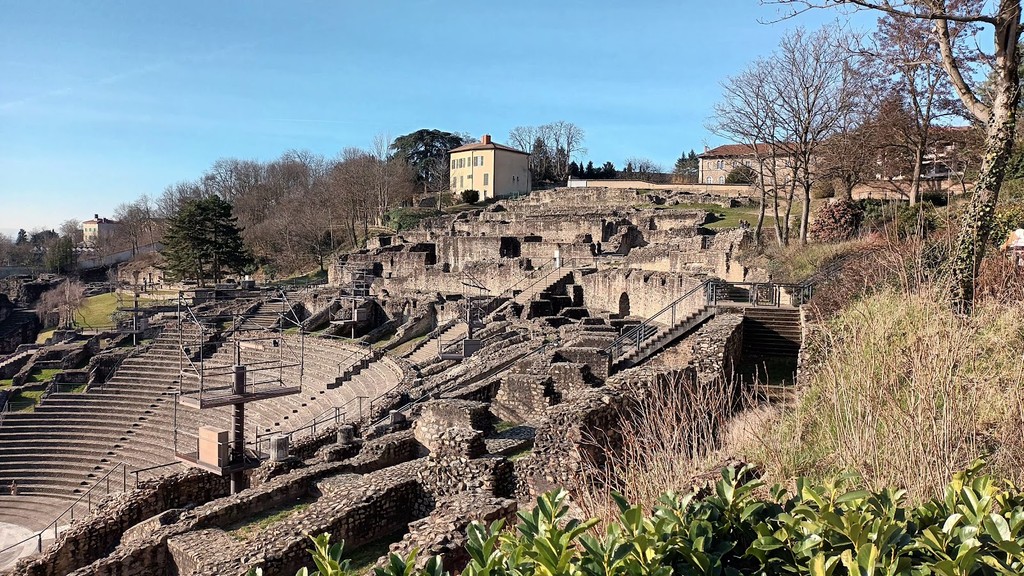
Ancient Theatre of Fourvière (Source: Google Maps)
The Ancient Theatre of Fourvière is a remarkable remnant of Lyon's Roman heritage, dating back to 15 BC. It was built during the reign of Emperor Augustus and served as a venue for theatrical performances and gladiatorial contests. The theatre could accommodate around 10,000 spectators and is one of the best-preserved Roman theatres in France. Its semi-circular structure, with stone seating and a stage, reflects the sophistication of Roman engineering. The site also features the remains of a temple dedicated to Apollo, highlighting its cultural significance in ancient times. Today, the theatre hosts various performances and events, connecting the modern city with its historical roots. It is a UNESCO World Heritage site, recognized for its historical and architectural importance.
Gallo-Roman Museum of Lyon-Fourvière
Located near the ancient theatre, this museum houses fascinating artifacts from Lyon's Roman past.
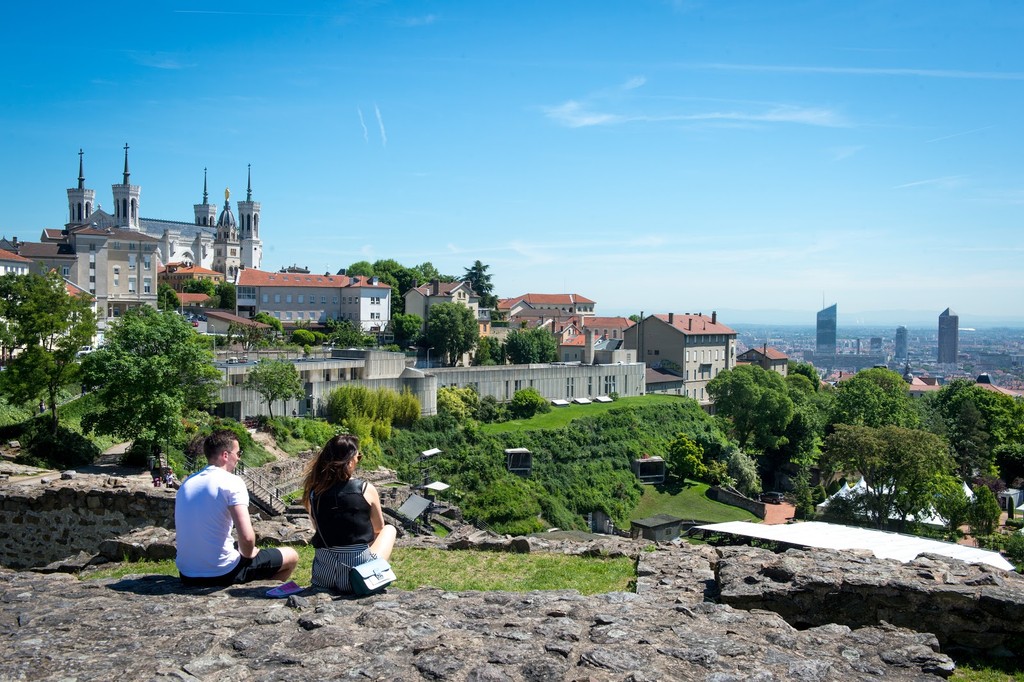
Gallo-Roman Museum of Lyon-Fourvière (Source: Google Maps)
The Gallo-Roman Museum of Lyon-Fourvière is dedicated to the rich history of Lyon during the Roman Empire. Situated near the Ancient Theatre, the museum houses an extensive collection of artifacts, including sculptures, mosaics, and everyday objects from the Gallo-Roman period. Opened in 1975, the museum's modern architecture contrasts with the ancient ruins surrounding it, creating a unique blend of past and present. The exhibits provide insights into the daily life, culture, and art of the Romans in Lyon, known as Lugdunum. Highlights include a large mosaic depicting a charioteer and a collection of funerary stones. The museum also offers educational programs and temporary exhibitions, making it a vital cultural institution in Lyon. It serves as a gateway for visitors to understand the city's significant role in the Roman Empire.
Cathedral of Saint John the Baptist
This stunning Gothic cathedral, known for its astronomical clock, is a key religious and historical site in Lyon.
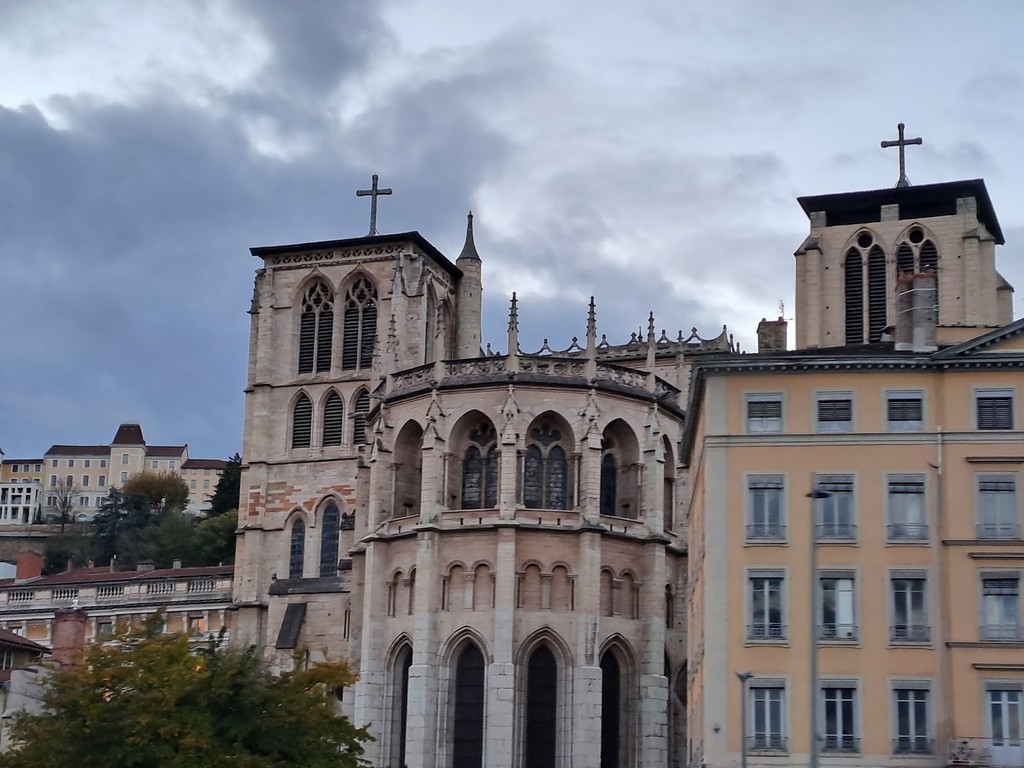
Cathedral of Saint John the Baptist (Source: Google Maps)
The Cathedral of Saint John the Baptist is a stunning example of Gothic architecture located in the heart of Lyon. Construction began in 1180 and continued for over 300 years, resulting in a magnificent edifice that showcases intricate stone carvings and impressive stained glass windows. The cathedral is renowned for its astronomical clock, which dates back to the 14th century and features moving figures that perform daily at noon. It has been a central place of worship for the people of Lyon and has witnessed numerous historical events, including royal weddings and the visit of Pope John Paul II. The cathedral's façade is adorned with statues of saints and biblical figures, while the interior boasts a serene atmosphere, making it a popular destination for both tourists and locals seeking spiritual solace. Its historical significance and architectural beauty make it a key landmark in the city.
Traboules of Vieux Lyon
Explore the hidden passageways of Old Lyon, which were used by silk workers and resistance members during WWII.
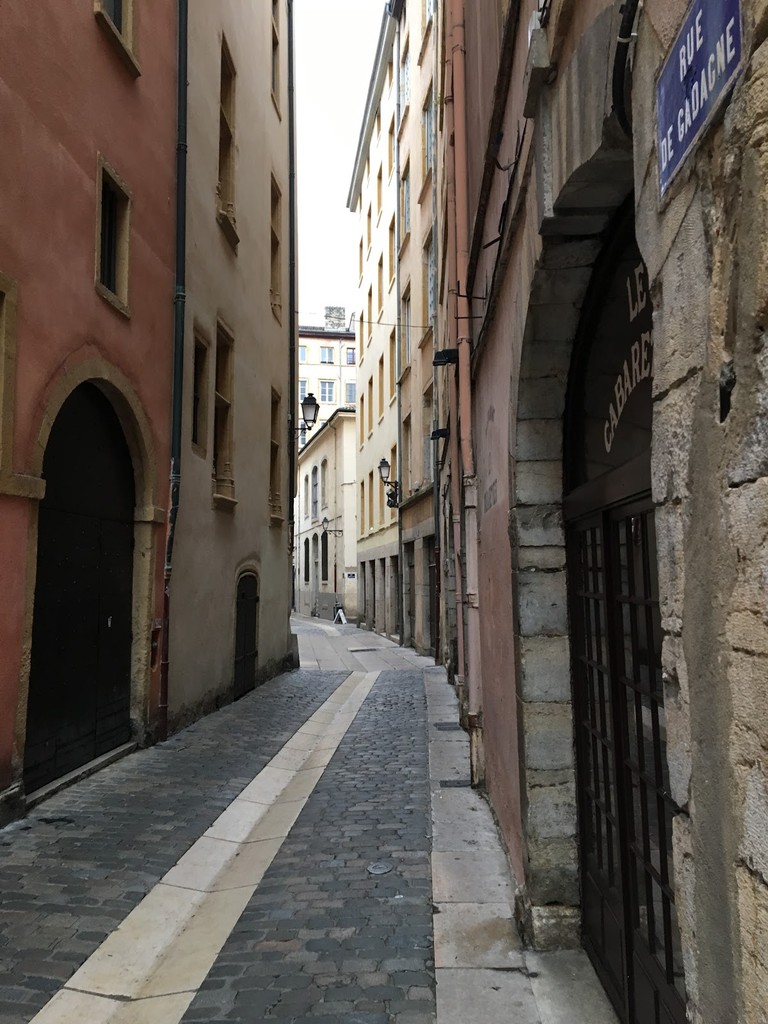
Traboules of Vieux Lyon (Source: Google Maps)
The Traboules of Vieux Lyon are a network of hidden passageways that reflect the city's rich history and architectural uniqueness. Originally built in the Renaissance period, these secret corridors were used by silk workers to transport their goods between the workshops and the river. During World War II, they provided crucial routes for the French Resistance, allowing them to evade enemy patrols. The traboules feature beautiful arches and staircases, often adorned with vibrant murals and historical plaques that tell the stories of the past. Some of the most famous traboules are located in the Croix-Rousse district, showcasing the city's silk heritage. Today, visitors can explore these intriguing passages, gaining insight into Lyon's cultural and historical significance. The traboules are a testament to the ingenuity of Lyon's citizens and their ability to adapt to the changing times.
Musée des Beaux-Arts de Lyon
Often referred to as the 'little Louvre,' this museum boasts an impressive collection of fine art housed in a former Benedictine convent.
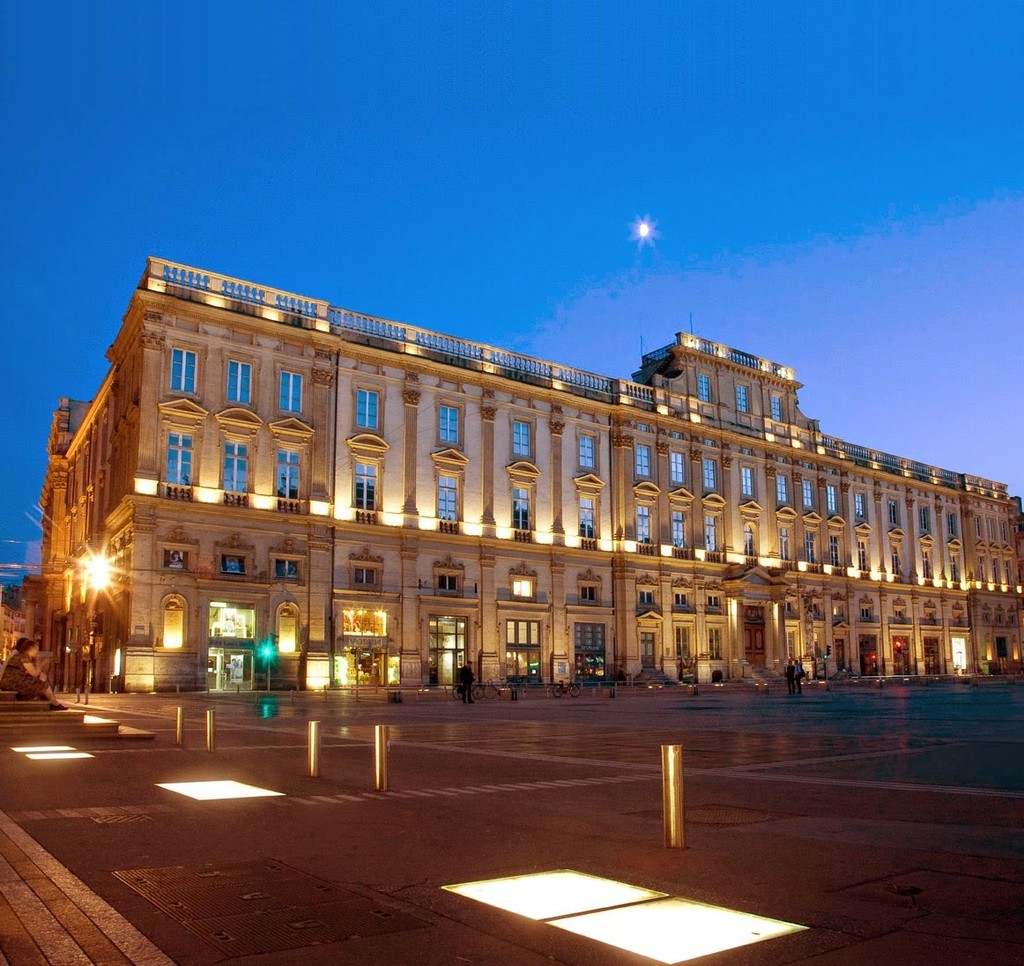
Musée des Beaux-Arts de Lyon (Source: Google Maps)
Often referred to as the 'little Louvre,' the Musée des Beaux-Arts de Lyon is one of the largest fine arts museums in France. Housed in a former Benedictine convent, the museum boasts an impressive collection of artworks spanning from ancient Egypt to modern times. With over 70,000 pieces, including paintings, sculptures, and decorative arts, it is a treasure trove for art lovers. Highlights include works by renowned artists such as Rembrandt, Monet, and Picasso. The museum's architecture reflects a blend of styles, with its beautiful cloisters and grand galleries providing a stunning backdrop for the art. It also hosts temporary exhibitions, educational programs, and cultural events, making it a vibrant hub for the arts in Lyon. The museum's commitment to preserving and showcasing artistic heritage contributes to Lyon's reputation as a cultural capital.
Place des Terreaux
A vibrant square in the heart of Lyon, featuring the impressive Bartholdi Fountain and the City Hall.
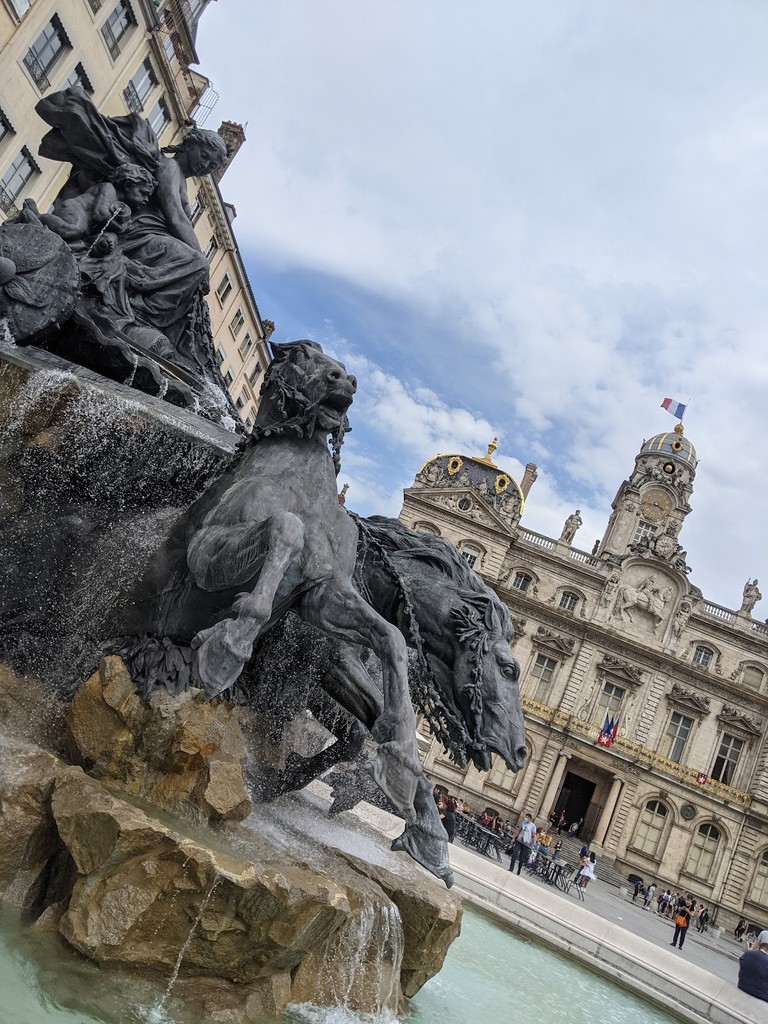
Place des Terreaux (Source: Google Maps)
Place des Terreaux is a vibrant square located in the heart of Lyon, known for its lively atmosphere and historical significance. The square is home to the impressive Bartholdi Fountain, designed by the creator of the Statue of Liberty, which features a dramatic display of water and sculptures. Surrounding the square are notable buildings, including the City Hall, a magnificent structure that showcases classical architecture with its grand façade and ornate details. The square has been a central gathering place for locals throughout history, hosting events, markets, and celebrations. Its strategic location makes it a popular spot for visitors to relax and soak in the city's ambiance. The square is also a UNESCO World Heritage site, recognized for its cultural and architectural importance, making it a must-visit destination for anyone exploring Lyon.
Hôtel de Ville de Lyon
Adjacent to Place des Terreaux, this grand city hall is an architectural marvel dating back to the 17th century.
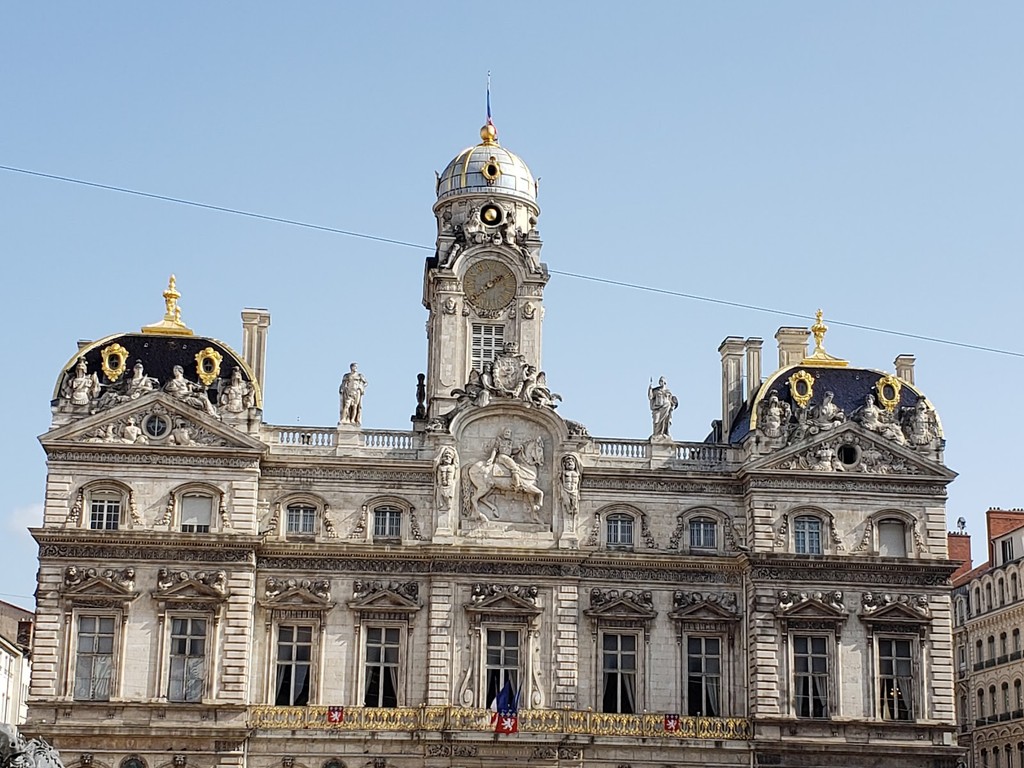
Hôtel de Ville de Lyon (Source: Google Maps)
The Hôtel de Ville de Lyon, or Lyon City Hall, is a grand architectural masterpiece that dates back to the 17th century. Designed in the Renaissance style, the building features an ornate façade adorned with sculptures and intricate details. It serves as the seat of the city government and is a symbol of Lyon's civic pride. The building's interior is equally impressive, with lavish rooms used for official ceremonies and receptions. Notable features include the grand staircase and the stunning council chamber, which is decorated with beautiful frescoes. The Hôtel de Ville has witnessed significant historical events, including the French Revolution and various municipal decisions that shaped the city's development. Its central location near Place des Terreaux makes it a focal point for both political and cultural activities in Lyon, attracting visitors who admire its architectural beauty.
Opéra Nouvel
Finish your tour at the contemporary Lyon Opera House, a striking blend of classic and modern architecture.
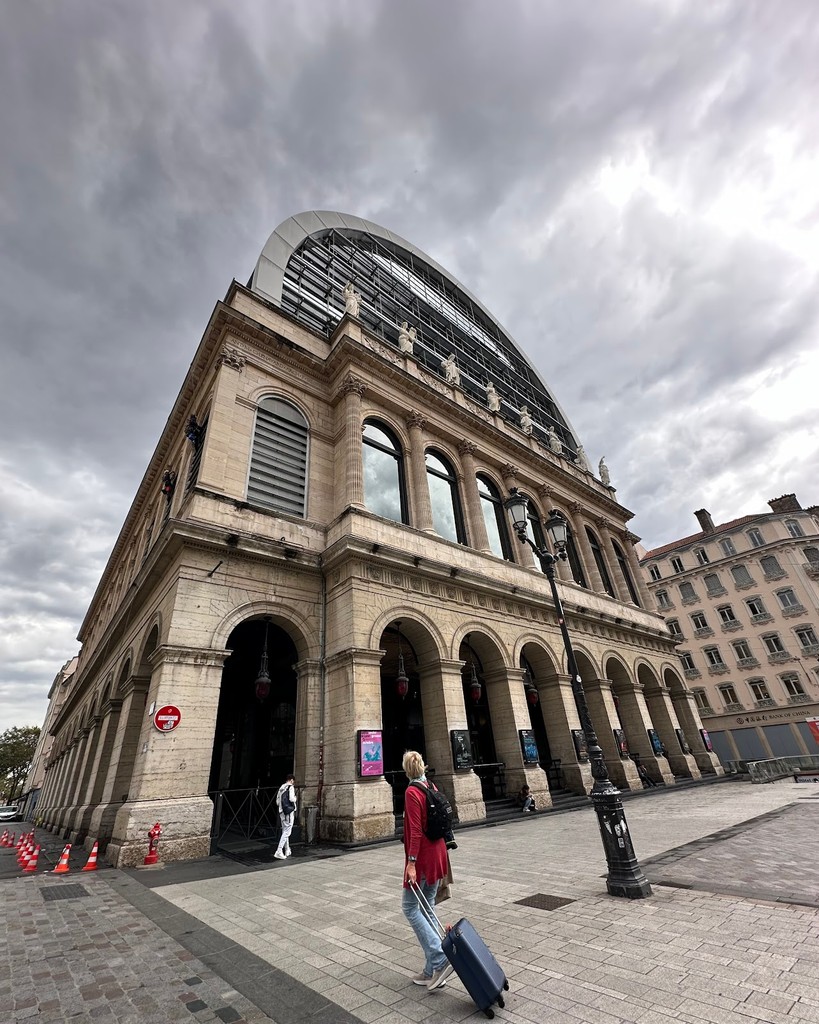
Opéra Nouvel (Source: Google Maps)
The Opéra Nouvel, or Lyon Opera House, is a striking example of contemporary architecture that seamlessly blends classic and modern elements. Opened in 1993, the building was designed by architect Jean Nouvel and features a glass roof that allows natural light to flood the interior. The opera house is home to the Lyon National Orchestra and hosts a variety of performances, including opera, ballet, and concerts. The design incorporates elements from the original 19th-century opera house, preserving its historical significance while introducing modern features. The auditorium is renowned for its excellent acoustics and can seat over 1,100 spectators. The Opéra Nouvel not only serves as a cultural venue but also as an architectural landmark, symbolizing Lyon's commitment to the arts and its vibrant cultural scene. Its unique design and programming make it a must-visit destination for art enthusiasts.

Your travels, your rules.
Create your own Free Walking Tours.
Set your preferences, distances and anything you want to do or see.
Completely free, no payment required.